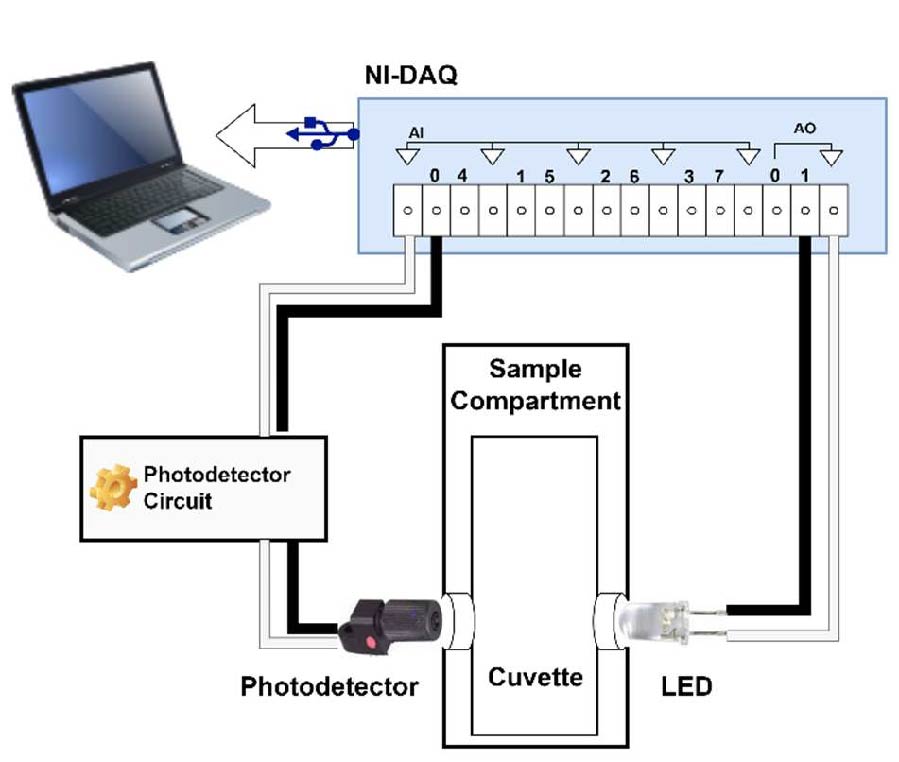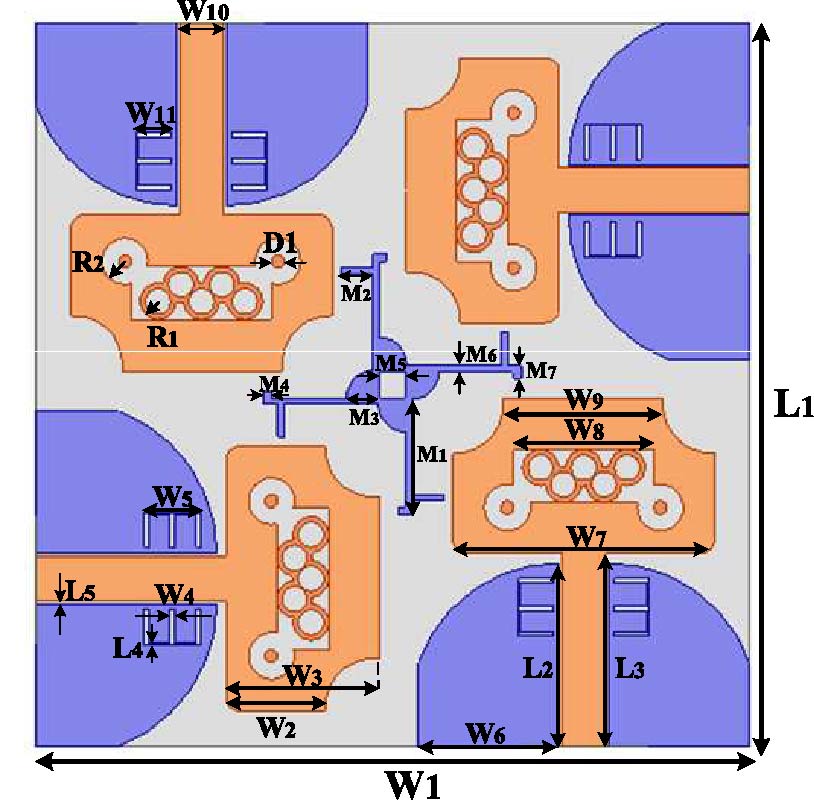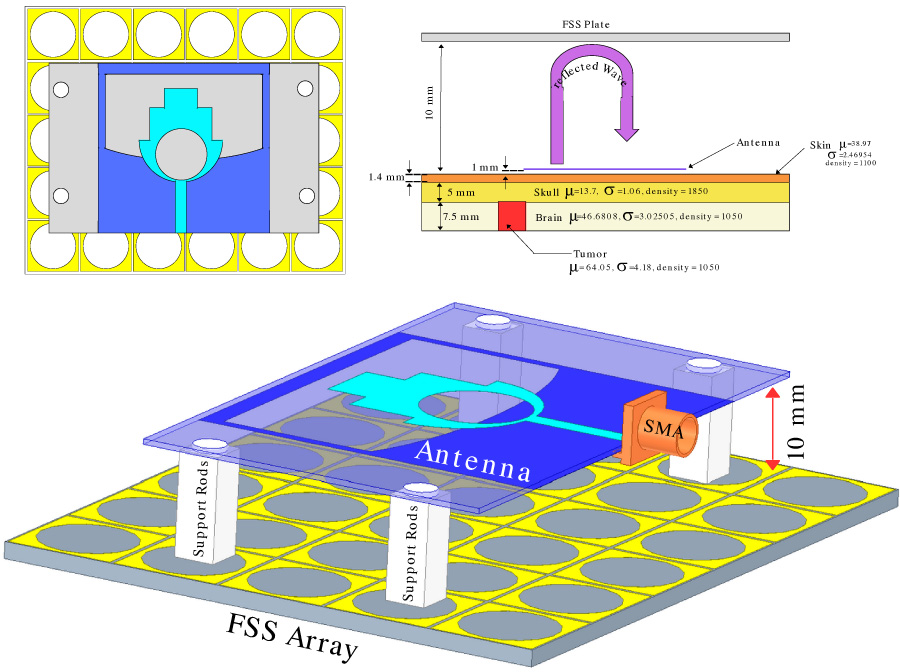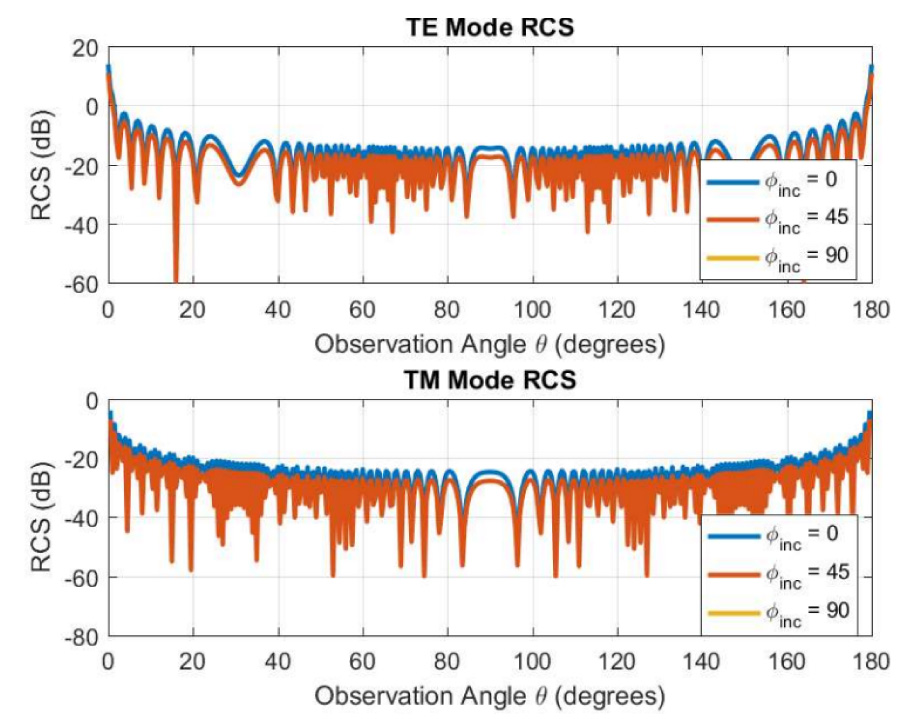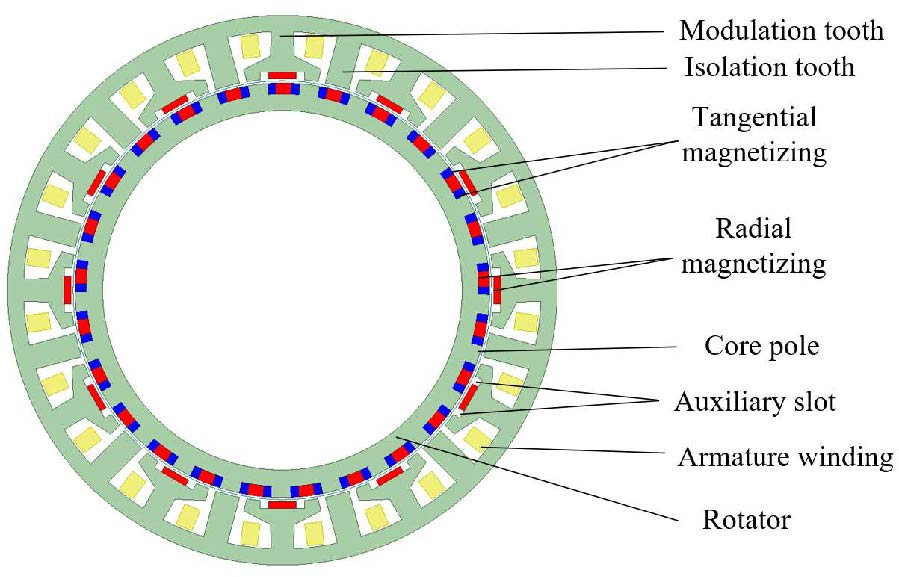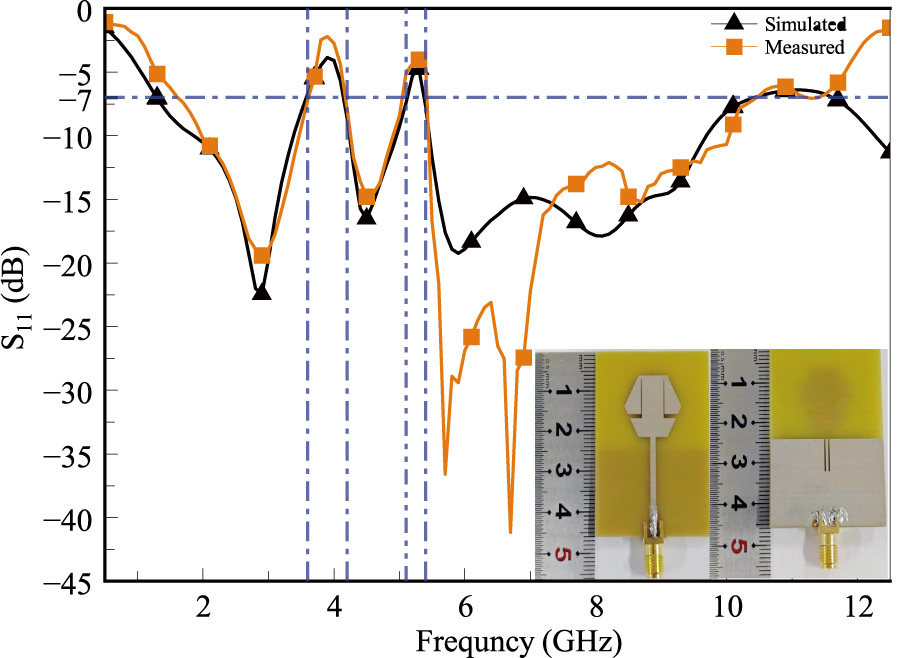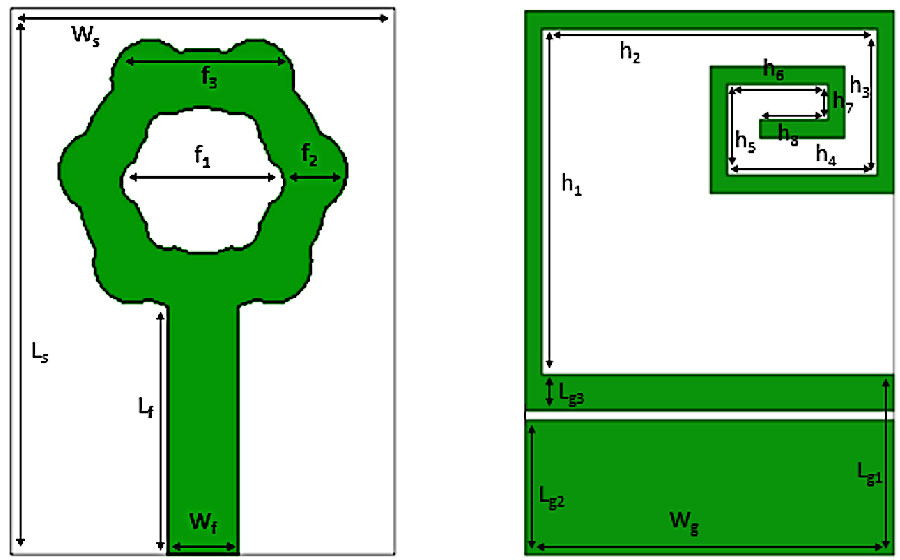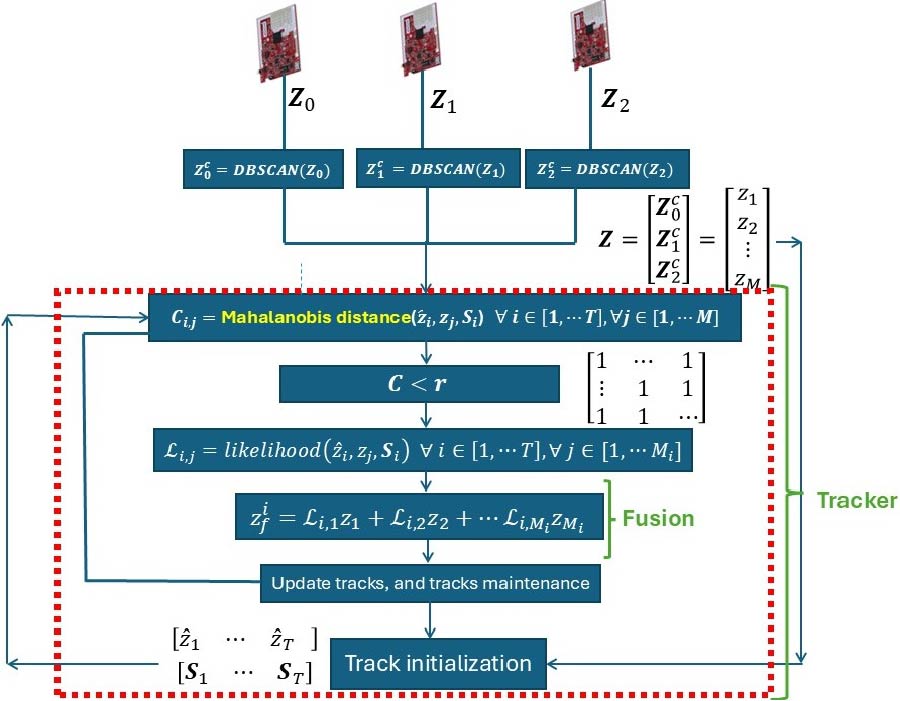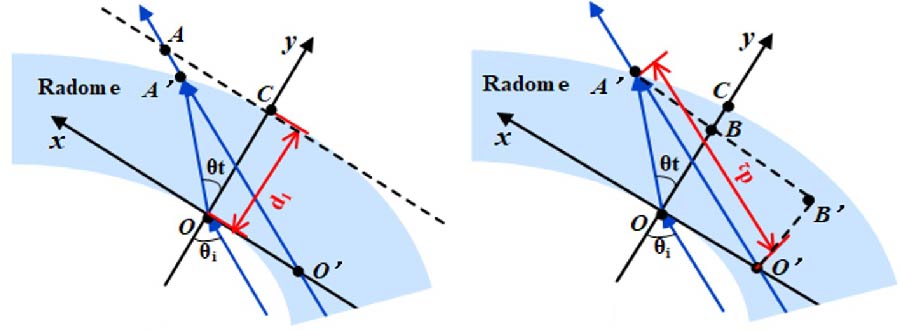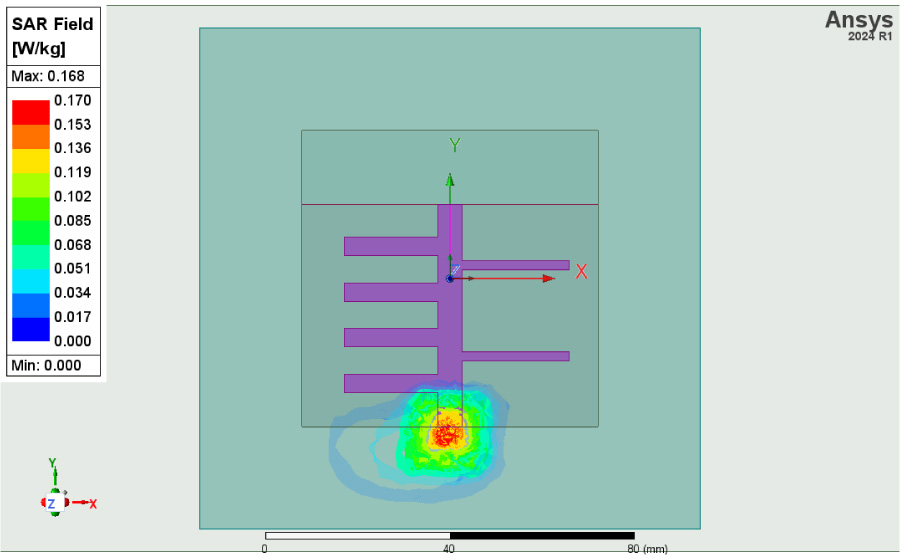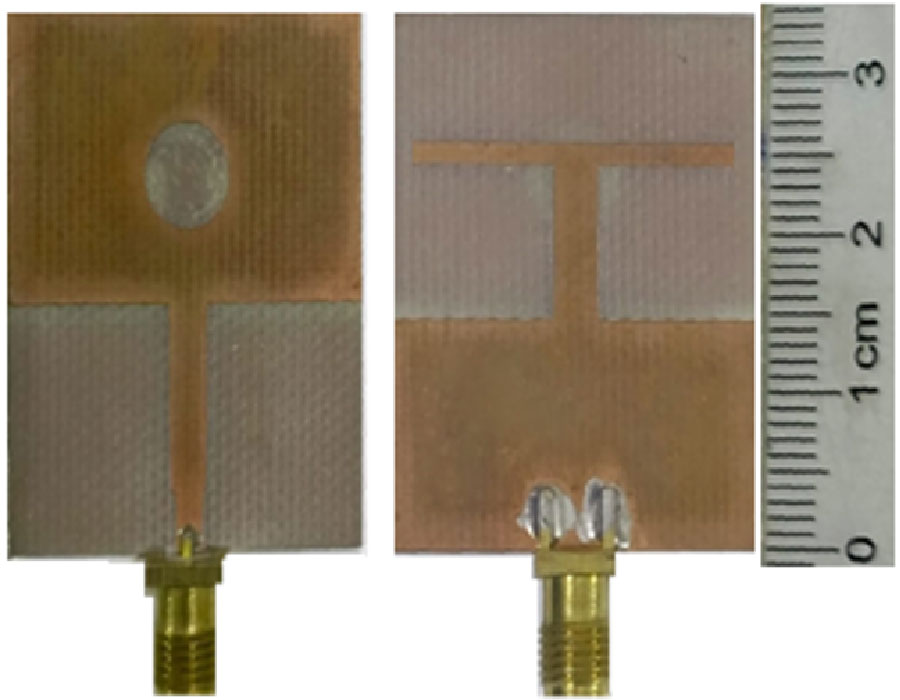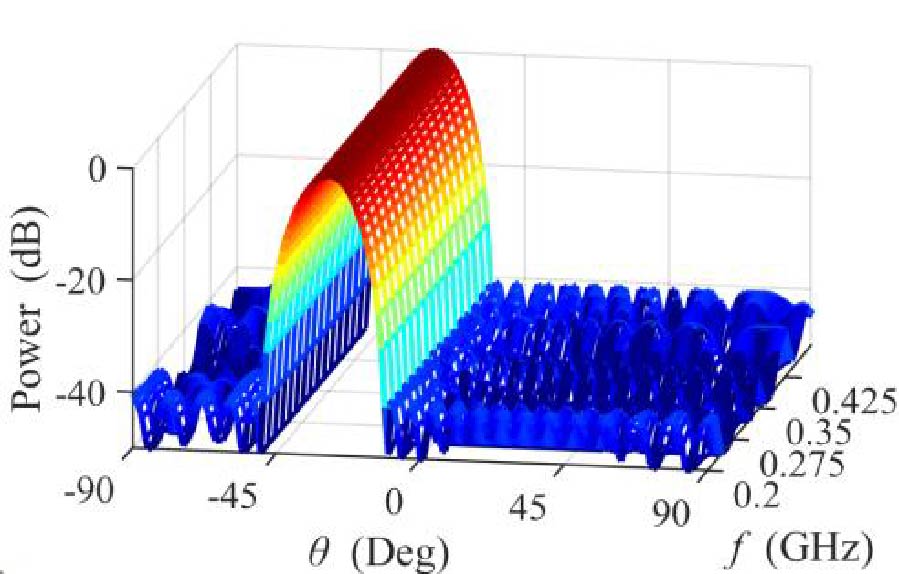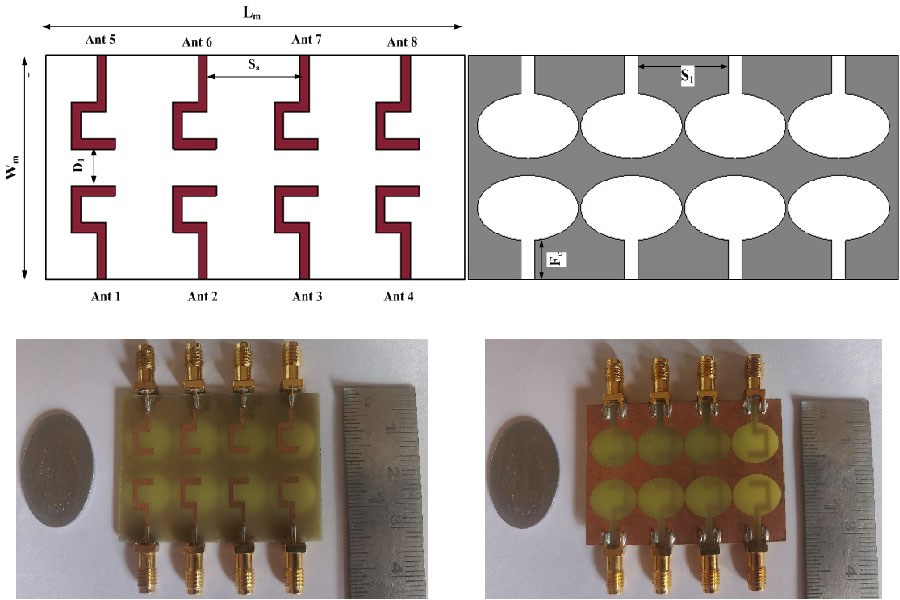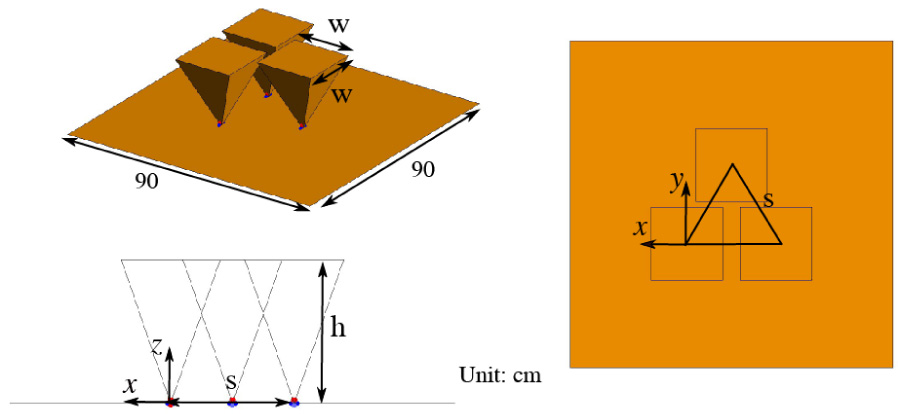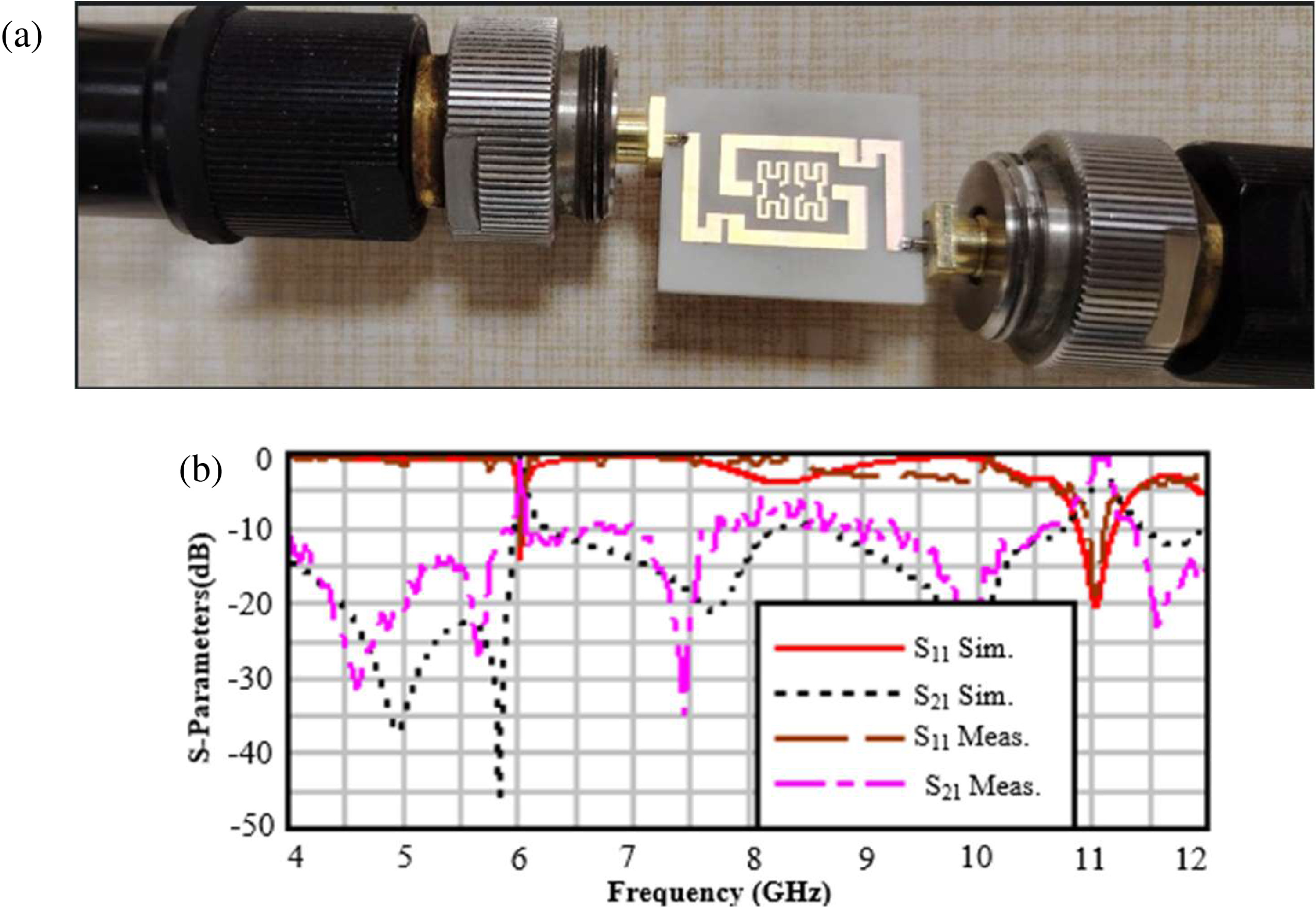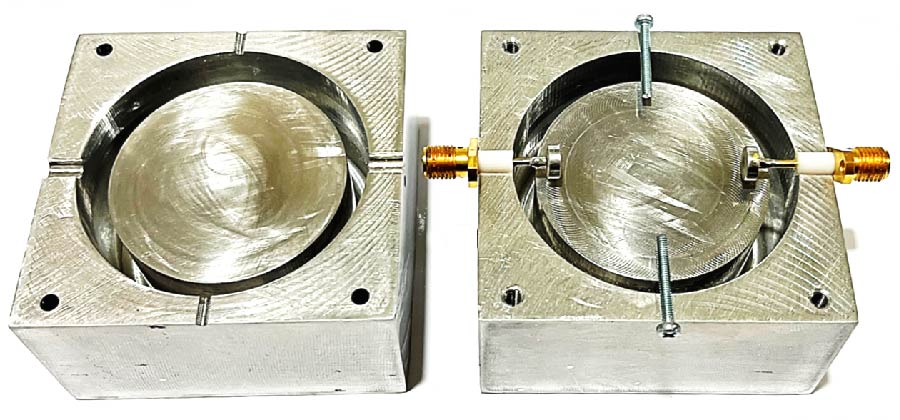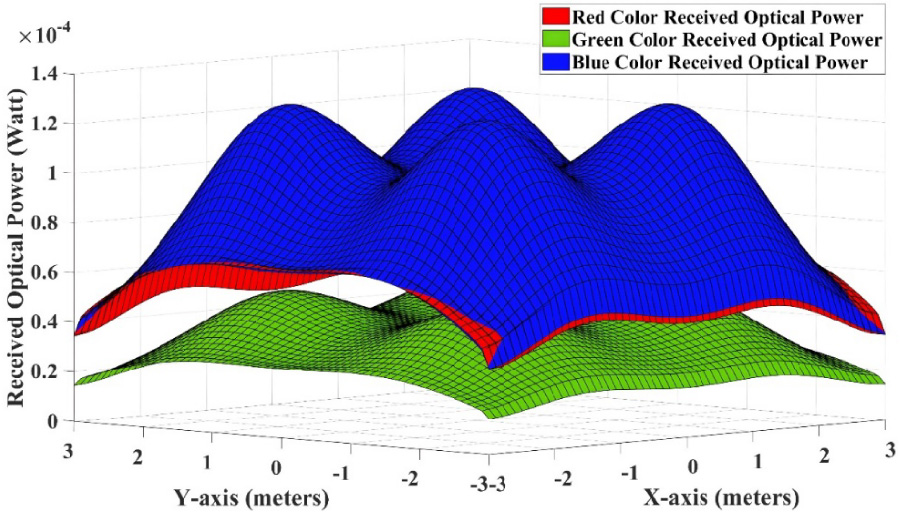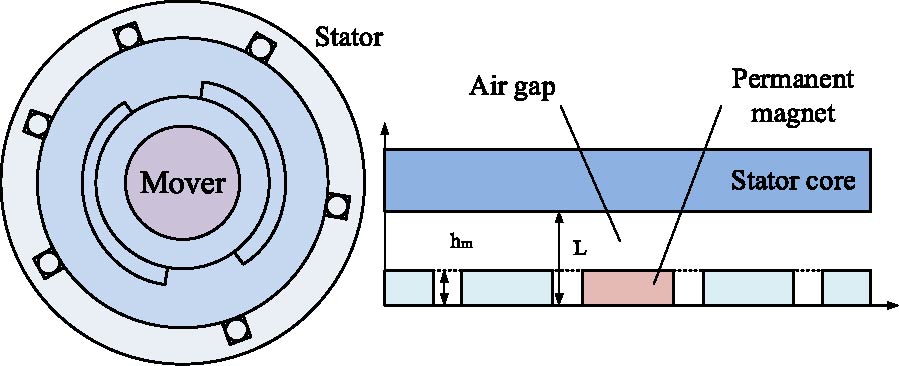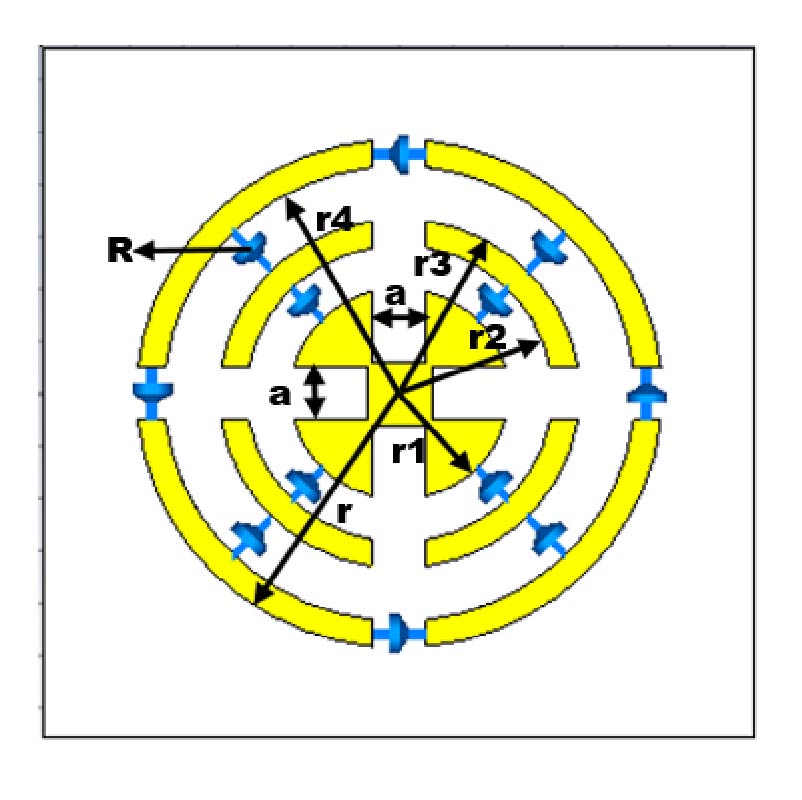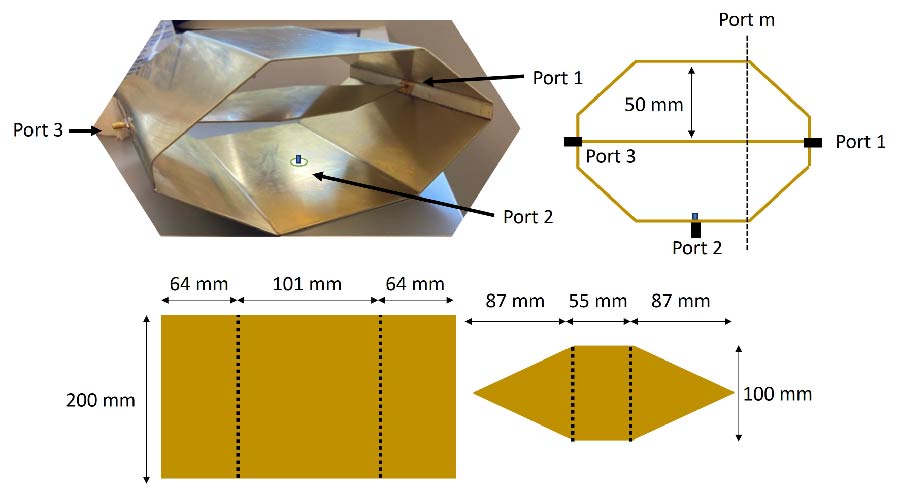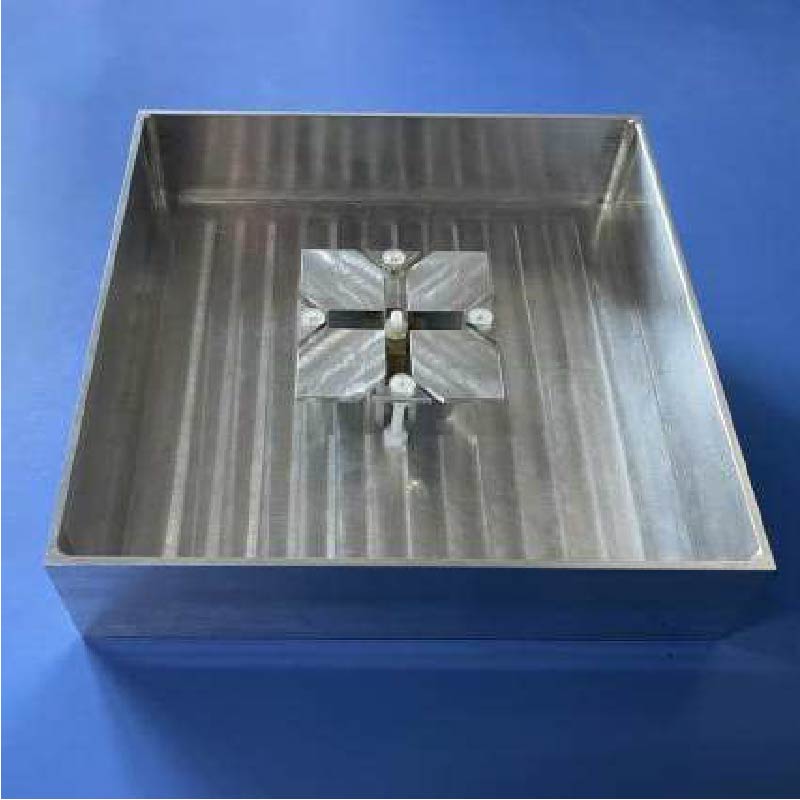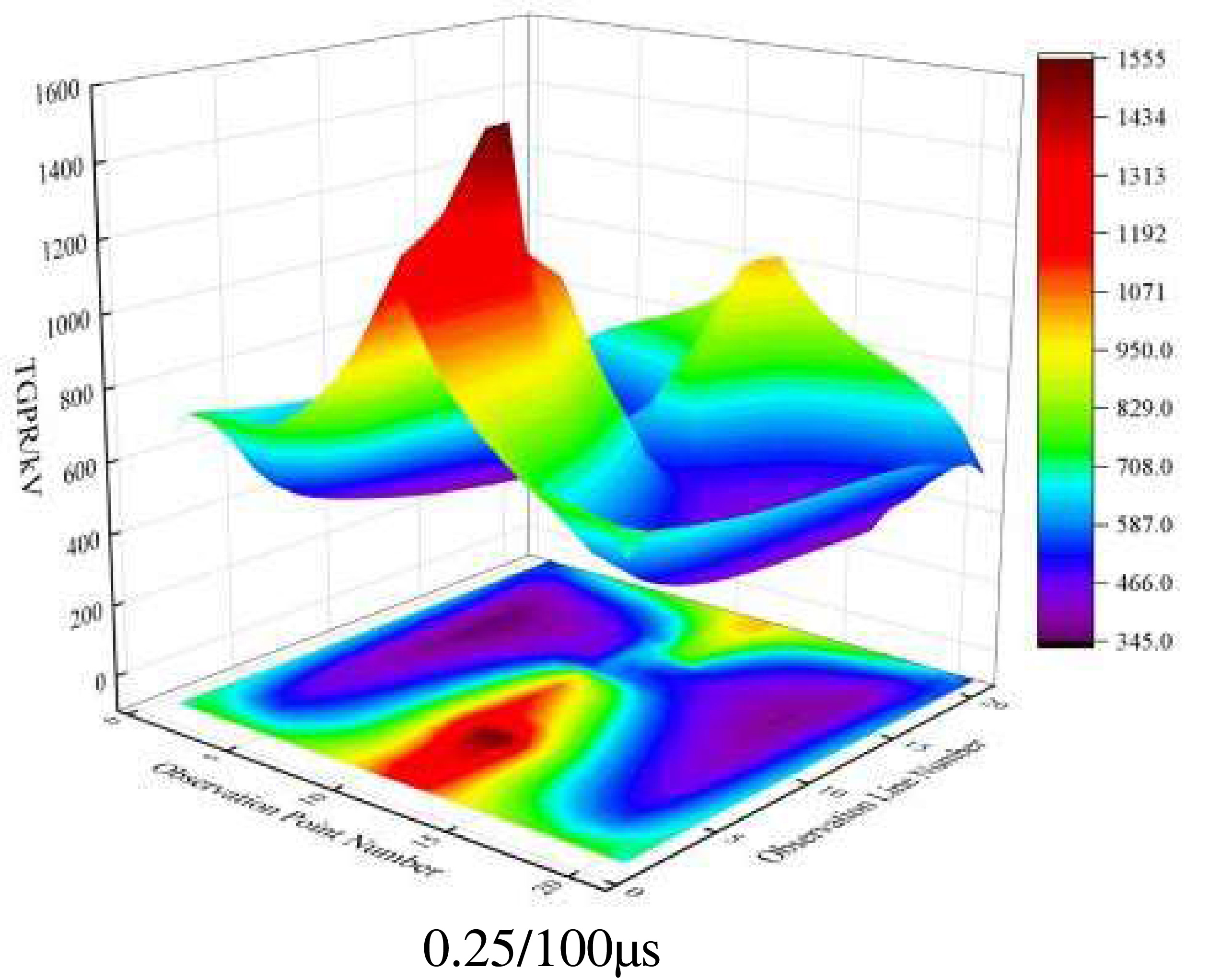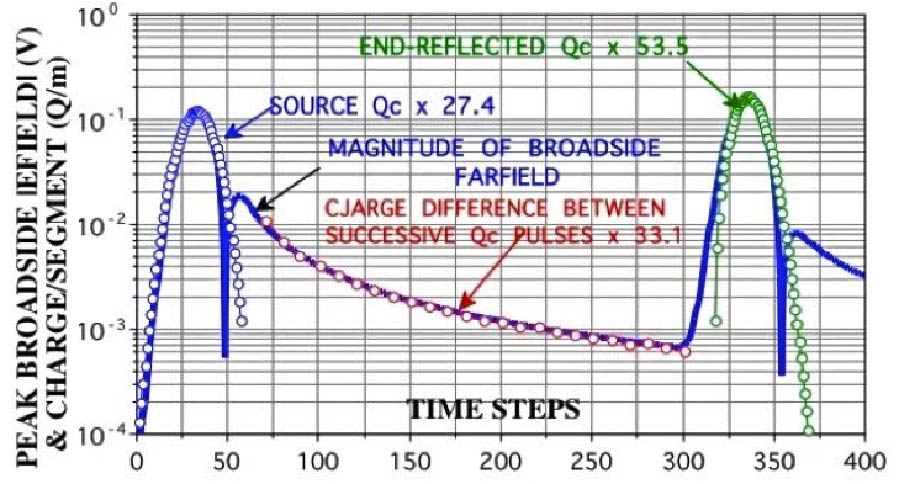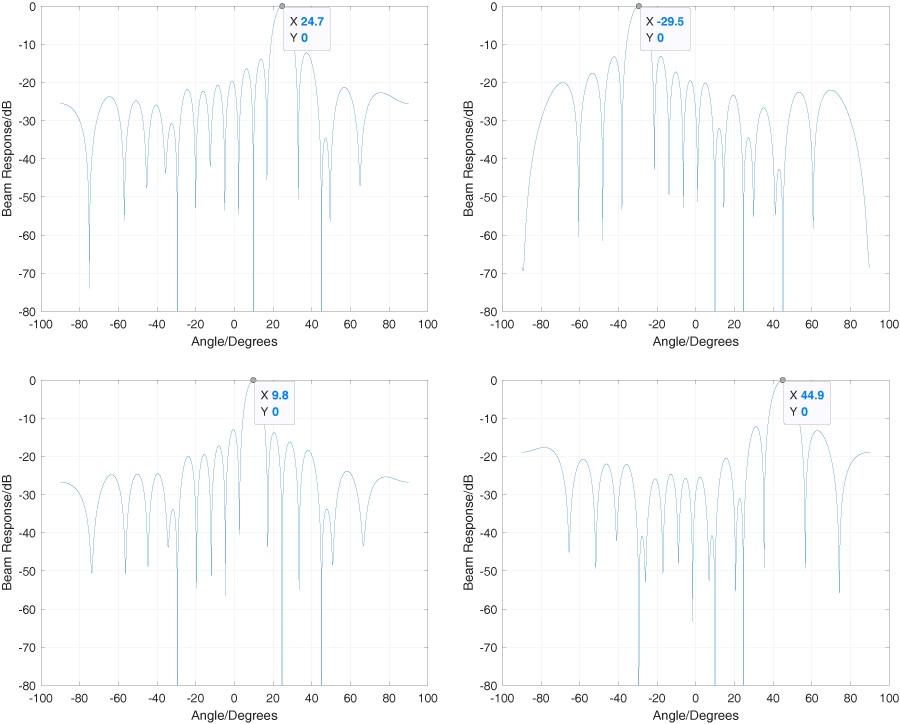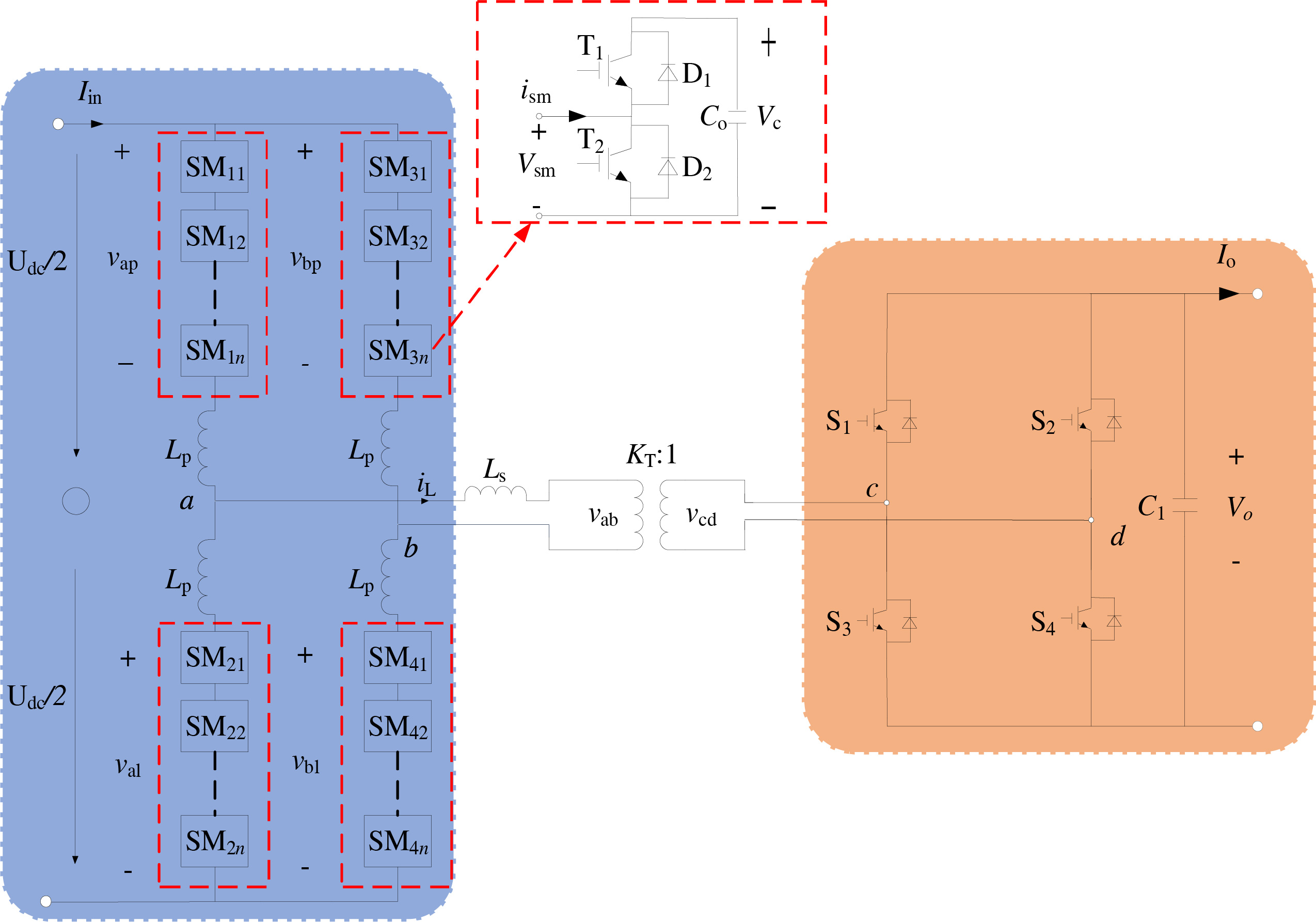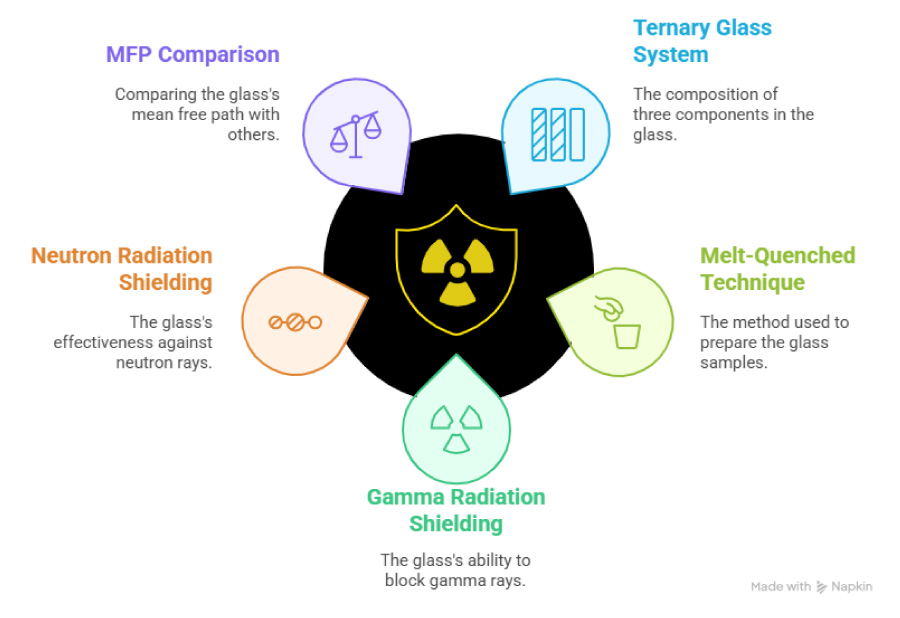Design of a Miniaturized Circular Flower-Shaped Fractal Antenna with a Defected Ground Structure for Multiband Applications
Sanae Attioui,
Asma Khabba,
Saïda Ibnyaich,
Abdelouhab Zeroual,
Zahriladha Zakaria and
Ahmed Jamal Abdullah Al-Gburi
The increasing demand for compact, cost-effective, and versatile antennas in modern wireless communication systems has inspired research into innovative multiband antenna designs. However, numerous existing solutions are insufficient in terms of size, bandwidth, or manufacturing complexity, particularly when they aim to incorporate multiple wireless standards within a compact device. To address this gap, this study proposes a miniaturized fractal antenna design measuring 15 × 11 × 1.6 mm3, fabricated on a low-cost FR-4 substrate. The proposed antenna is inspired by nature, featuring a flower-shaped patch and a defected ground (DGS) with a spiral pattern. It exhibits multiband behavior, resonating at six distinct frequencies: 1.79 GHz, 3.84 GHz, 7.34 GHz, 9.08 GHz, 11.44 GHz, and 14.6 GHz, making it suitable for various wireless applications, including GSM/UMTS (1.7-2.1 GHz), 4G/5G and radar (3.3-4.2 GHz), military radar and satellite communications (7-8 GHz), aviation and maritime radar (8.5-10 GHz), satellite communication in the Ku-band (10.7-12.7 GHz), and advanced radar and satellite uplinks (12-14 GHz). The fabricated antenna was tested, and the experimental results demonstrated a strong correlation with the simulated outcomes, confirming its practical applicability and effectiveness in multiband communication systems. The proposed fractal antenna stands out due to its compact size, multiband capability, and excellent performance, making it well suited for modern wireless applications.
